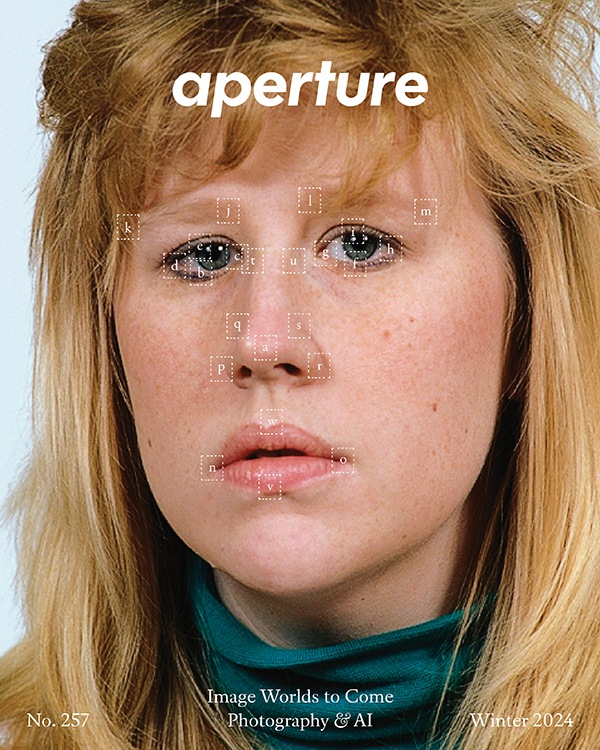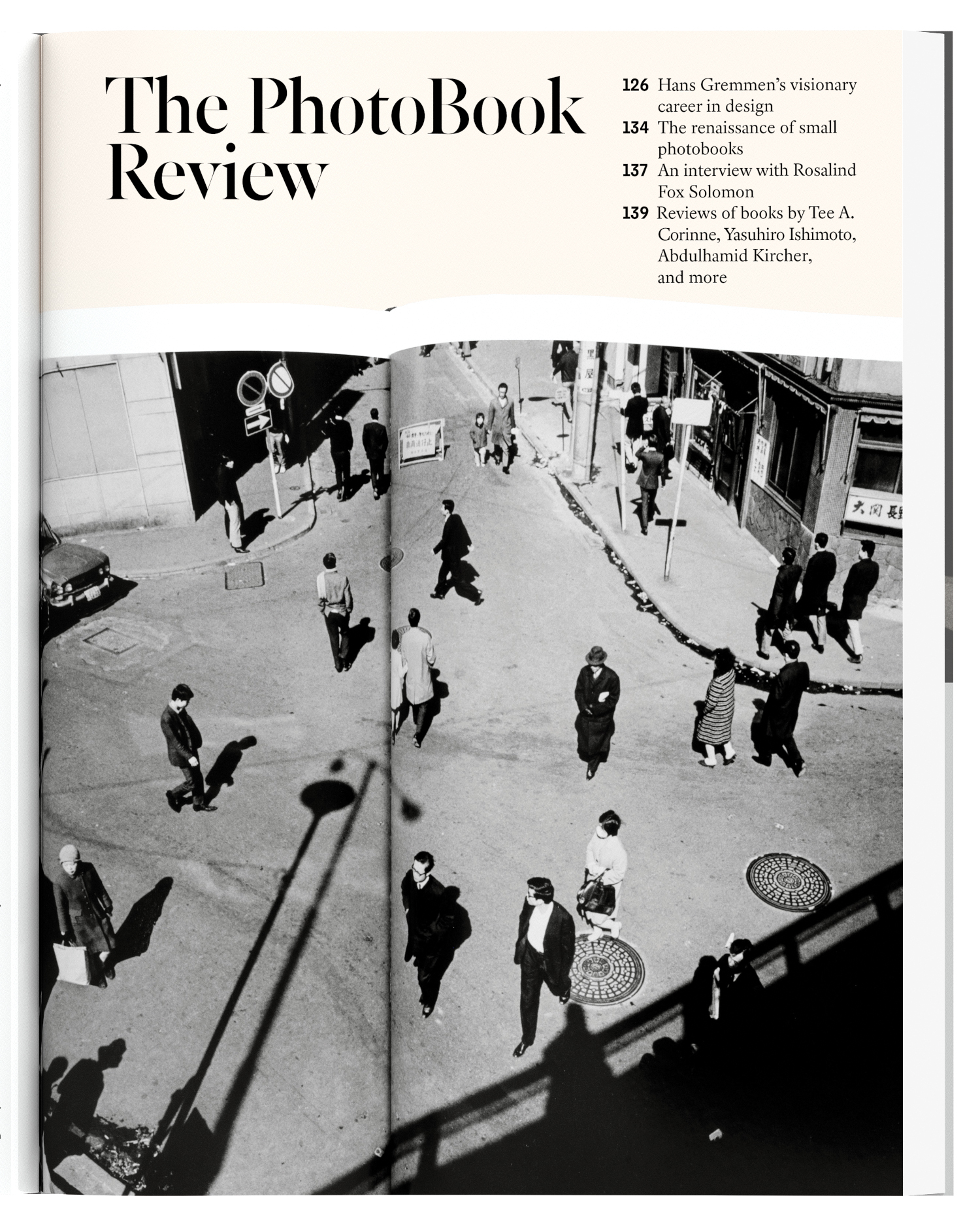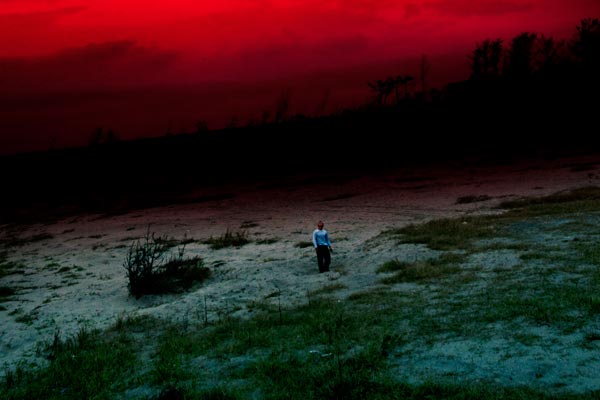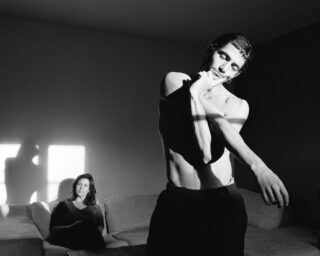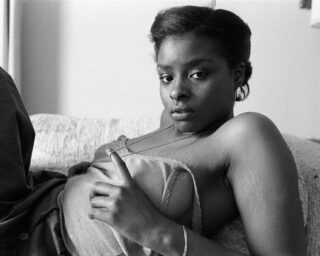Yasuhiro Ishimoto: Katsura

Yasuhiro Ishimoto, Katsura Villa, 1953–1982. Courtesy Peter Blum Gallery, New York
As a young man, the American-born Japanese photographer Yasuhiro Ishimoto first visited Kyoto’s Katsura Imperial Villa in 1953. Edward Steichen, at the time the photography curator at New York’s Museum of Modern Art, had asked Ishimoto to escort the museum’s design curator for his research on Japanese shrines, temples, and gardens for a forthcoming architectural exhibition. Ishimoto was the perfect guide. A recent graduate of Chicago’s Institute of Design, where his studies under Harry Callahan and Aaron Siskind merged modern American photography with Bauhaus design theory, Ishimoto immediately recognized Katsura as a modern subject. Five decades later, his two major studies of Katsura are the subject of a solo exhibition at Peter Blum Gallery, which together describe shifts in perception, the transitory nature of place, and the maturation of a photographer.

Yasuhiro Ishimoto, Katsura Villa / Main Room, right, and the Second Room left, of the Middle Shoin, viewed from the north-east, 1981–82. Courtesy Peter Blum Gallery, New York
Profoundly impressed by the beauty of Katsura’s traditional Japanese architecture and gardens, Ishimoto could not help photographing in a manner that filtered it through his Western training. (He developed an early interest in photography while he was interned at the Granada [“Amache”] Relocation Center in Colorado during World War II.) In 1954, armed with his 4 x 5 German Linhof camera, Ishimoto returned to Katsura for a month-long stay. His attention to form, shape, and light are evident in the four black-and-white photographs from this visit on view in the show (taken in 1954 and printed in 1980). Focusing on the stepping-stone paths that snake through Katsura’s gardens and the clean geometric lines of the stark interior and exterior spaces, Ishimoto’s images emphasize texture and abstract pattern within the minimalism of Katsura’s traditional Japanese design.
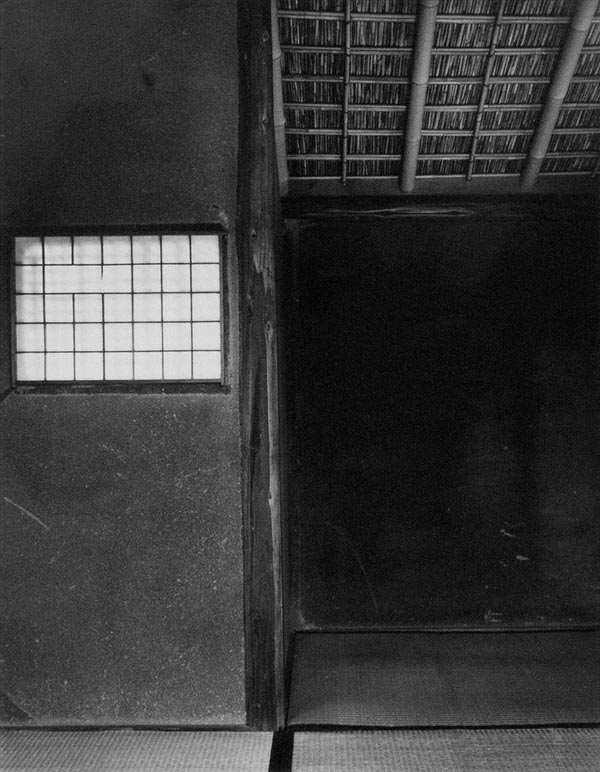
Yasuhiro Ishimoto, Katsura Villa, 1981–82. Courtesy Peter Blum Gallery, New York
Constructed in the seventeenth century, Katsura is only open to visitors through specially requested tours organized by the Imperial Household Agency, which oversees the estate. Because few photographers were admitted in the 1950s, Ishimoto’s 1953–54 photographs received broad attention when first published in Katsura: Tradition and Creation in Japanese Architecture (1960), a book that also includes writings by architects Kenzo Tange and Walter Gropius. This original edit of the book, however, which would be followed by several reedits and reinterpretations, was a bit of a disappointment for Ishimoto due to Tange’s unauthorized cropping of his original images. On view in this exhibition, uncropped as initially intended, Ishimoto’s early black-and-white images of Katsura show a prerenovation villa with little focus on ornamentation.
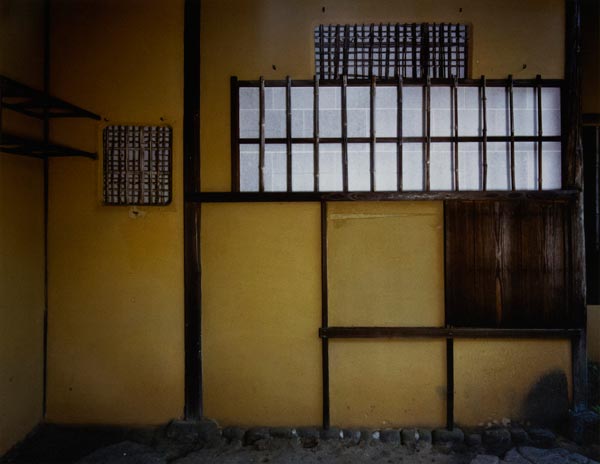
Yasuhiro Ishimoto, Tea Room of the Shokintei Pavilion, viewed from the north-east. Kneeling Entrance, 1981–82. Courtesy Peter Blum Gallery, New York
In the early 1980s, Ishimoto revisited Katsura with the same 4 x 5 camera. However, this time he shot the villa and its grounds using both color and black-and-white film. In the intervening years, the villa had been restored; Ishimoto’s five larger scale 1981–82 color images show nuanced differences in both photographer and location. The addition of color noticeably transforms Ishimoto’s images of Katsura. Where in earlier images there was a quiet, subdued approach, these later photographs reveal pockets of bright color in small stones that fill crevices in the garden paths, fall foliage that peeks through windows and beyond terraces, and patterned expanses that fill interior doors and walls. The restoration had reinstated much of Katsura’s original decoration and ornamentation. As a mature photographer, Ishimoto was able to embrace a broader visual sensibility that depicts flourishes that were mostly omitted in his 1950s black-and-white photographs. A significant group of these color images comprise Ishimoto’s 1983 book on Katsura, entitled Katsura Villa: Space and Form.

Yasuhiro Ishimoto, Garden view from the North Veranda of the Shokintei Pavilion. Earthen Hearths in the foreground, 1981–82. Courtesy Peter Blum Gallery, New York
In several of his images from the 1980s, Ishimoto photographed specific locations from relatively similar vantage points. Although this exhibition does not allow for a one-to-one comparison of images of specific sites, the ability to see the overall transformation of both place and photographic vision is strongly apparent. These distinctions are also explored—but not as overtly, due to the absence of color—within the third component on view, a limited-edition portfolio of Katsura images printed in 1989 and published by Photo Gallery International in Tokyo. Mixing black-and-white images from the 1950s and 1980s series, the fifteen photographs that form the Katsura Villa Portfolio are of similar size and tonality. Five of the prints hang on the wall, with an unframed print and the portfolio box in a gallery vitrine. (Another framed print can be seen in the back office.) Perhaps due to the portfolio’s uniform image measurements, paper stock, and print tones, a closer inspection is required to detect the subtle differences between the 1953–54 and 1981–82 black-and-white prints of Katsura’s pre- and postrestoration gardens and buildings. But looking closely is what Yasuhiro Ishimoto’s photography is about. These images invite viewers to slow down as they observe the transitory and evolving nature of a particular place photographed during two distinct periods in Ishimoto’s career.
Yasuhiro Ishimoto: Katsura is on view at Peter Blum Gallery in New York through February 20, 2016.
